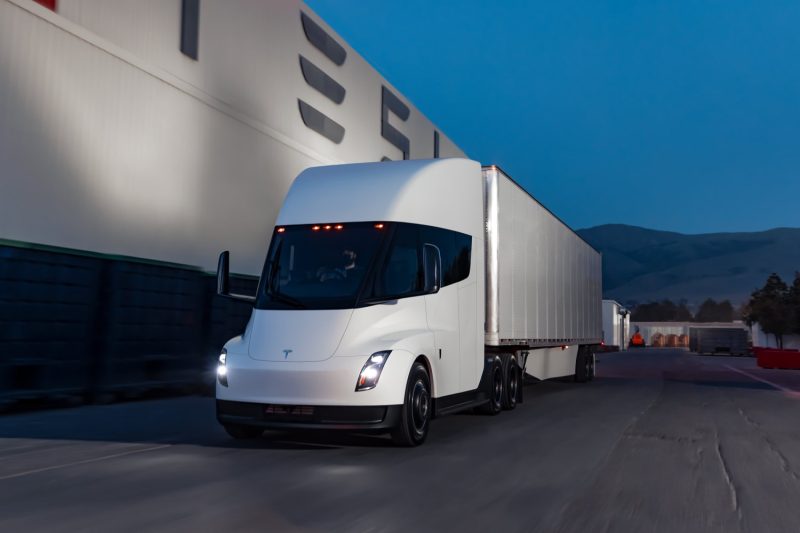In a recent incident that took place in Rialto, California, a Tesla Semi truck caught fire, resulting in a massive response effort to extinguish the flames. The intensity of the fire was such that it required over 50,000 gallons of water to be brought in to effectively suppress the blaze.
The Tesla Semi, an electric truck known for its innovative design and sustainability features, was engulfed in flames, causing concern for the safety of nearby structures and individuals. Firefighters and emergency responders swiftly arrived on the scene to tackle the fire and prevent it from escalating further.
The use of an extensive amount of water to combat the fire highlights the challenges posed by electric vehicle fires and the need for specialized approaches in handling such incidents. Unlike traditional combustion engine vehicles, electric vehicles present unique considerations when it comes to firefighting strategies due to the high-voltage components and battery systems they contain.
Efforts to contain and extinguish the Tesla Semi fire in California required a coordinated response from multiple agencies and experts in electric vehicle safety. The incident serves as a reminder of the importance of preparedness and training for handling emergencies involving advanced technologies like electric vehicles.
As the automotive industry continues to transition towards sustainable transportation solutions, incidents like the Tesla Semi fire underscore the need for ongoing research and development in safety protocols and emergency response procedures. By staying vigilant and proactive in addressing potential risks associated with new technologies, communities and responders can better prepare for unforeseen events and mitigate their impact.
In conclusion, the Tesla Semi fire in California serves as a poignant reminder of the evolving challenges posed by advancements in transportation technologies. The incident underscores the importance of continued collaboration between industry stakeholders, emergency responders, and regulatory bodies to enhance safety standards and response mechanisms for emerging technologies like electric vehicles. By learning from such incidents and adapting our approaches accordingly, we can ensure a safer and more resilient future for all.

